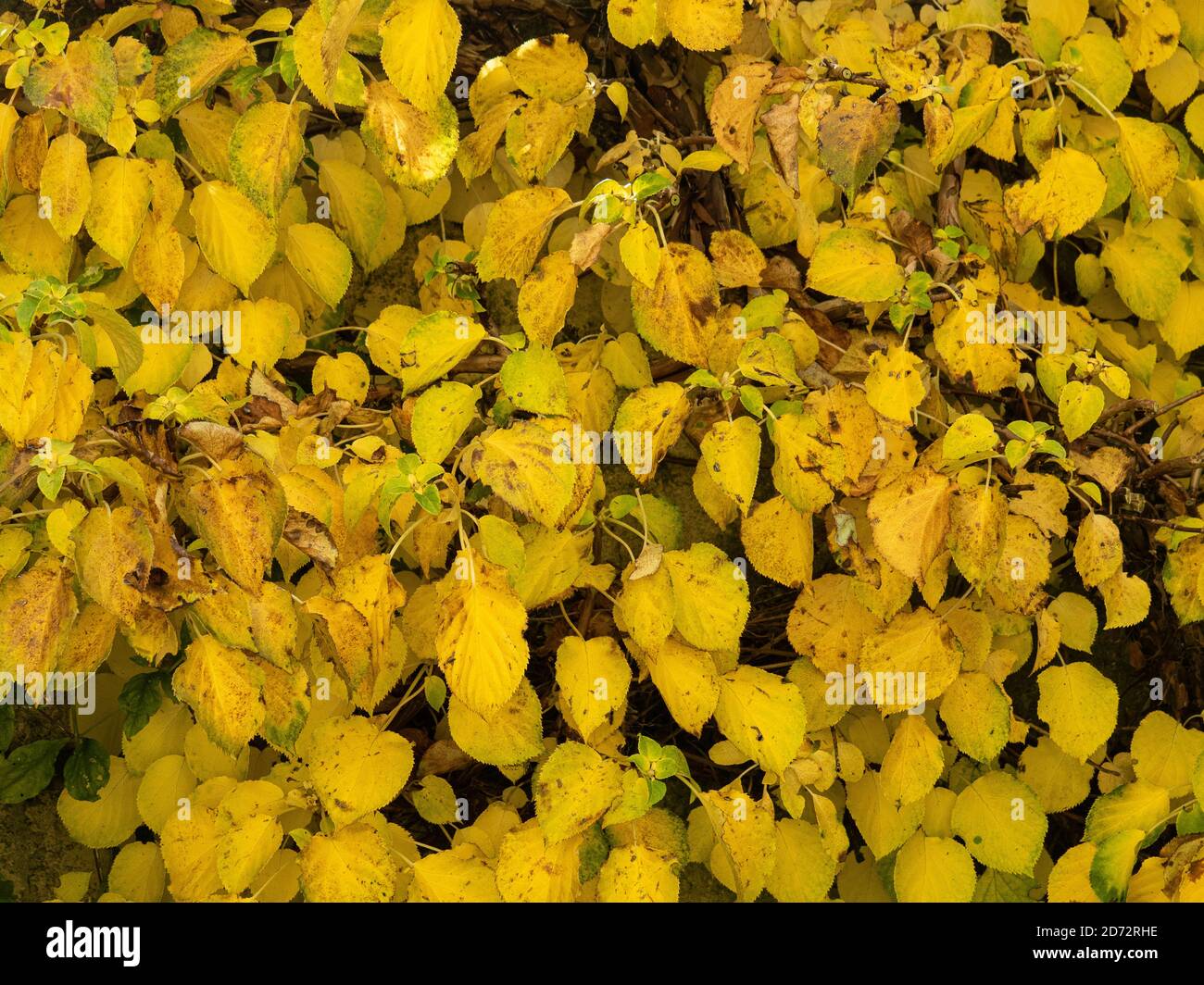The 8-Minute Rule for Hydrangea Leaves Turning Yellow
Wiki Article
The Main Principles Of Hydrangea Leaves Turning Yellow
Table of ContentsEverything about Hydrangea Leaves Turning YellowSome Ideas on Hydrangea Leaves Turning Yellow You Should KnowThe Facts About Hydrangea Leaves Turning Yellow RevealedHow Hydrangea Leaves Turning Yellow can Save You Time, Stress, and Money.
One possibility is that the plant is not obtaining adequate sunlight. During the winter season months, the days are shorter, and the sunlight is not as intense, so ensure to place your Hydrangea in a spot where it will certainly access the very least 6 hours of sunshine each day. Another factor for Hydrangea yellow fallen leaves in winter might be as well much water.Lastly, the fallen leaves could be transforming yellow because of temperature anxiety. Hydrangeas like cooler temperature levels, so if the plant is in a spot that gets as well hot or too cold, the fallen leaves will certainly transform yellow. If you believe temperature level anxiety may be the concern, try moving your Hydrangea to a different place or shielding it from the components with a burlap cover.
New development will be observed in very early springtime, when you'll see environment-friendly foliage growing from stems that could have appeared dead. If your fallen leaves are transforming brown in springtime or summer season, there are most likely other factors at play. Hydrangea Leaves Turning Yellow. The accurate reasons depend on the variety and their growing conditions, however in general, brownish hydrangea leaves are an indicator of dehydration and wilting in the warm
In the springtime when the mercury stays relatively low, they'll do great. When points warm up over the summer season nevertheless, time spent in the very early mid-day rays can create unknown damage.: Expand your hydrangeas in a place where they'll obtain sunshine in the early mornings or nights, but not throughout the peak hours.
Rumored Buzz on Hydrangea Leaves Turning Yellow
Wilting is brought on by absence of moisture, implying there are a few excellent methods to make use of to avoid this from occurring. Provide your hydrangeas a healthy and balanced glug of water every couple of days when the temperature levels are climbing high, and treat the soil to far better maintain dampness. After sprinkling, a dab of mulch around the base of each plant should aid with this by keeping moisture in the soil.This disrupts fungi spores from working out. "The Botrytis fungi grows in trendy and wet problems, so stay clear of showering the whole plant when sprinkling and simply water at the origins," shares Roy Nicol, a Master Green thumb - Hydrangea Leaves Turning Yellow. If you have actually missed the chance for prevention and are handling an infection you need to remove all dead or seriously infected fallen leaves from the plant and ruin them to stop more spread
As a basic general rule, we advise removing leaves when they are 50% brown or higher. While browning triggered by any kind of reason can not be turned around, taking the rehabilitative action described above will certainly urge the plant to grow new leaves so the harmed fallen leaves either diminish naturally or can be removed by the garden enthusiast.
Hydrangeas should be watered only when the leading few inches of soil are dry, and need to be offered a complete soaking each time. Underwatered hydrangeas are most likely to have yellow, wilting, and drooping fallen leaves.
The Only Guide for Hydrangea Leaves Turning Yellow
The means you pop over here deal with hydrangea leaves turning yellow relies on the key concern creating the yellow fallen leaves. This can be tough to figure out, once you do you will certainly have the ability to adjust your plant treatment as necessary to care for the issue. As stated in the past, a typical problem with hydrangeas is nutrition deficiencies.Throughout the peak expanding period, you ought to water at a rate of concerning 1 inch each week. If you are stressed regarding not properly sprinkling your hydrangeas, there are a number of things you can do. Adding compost to the base of the plants over the origin area aid to manage the temperature level around the hedge and retain water in the dirt.

If it is too extreme, some special info plants will never recover from transplant shock and will continue to decline up until they pass away. Minimize transplant shock by consisting of as numerous origins as feasible when excavating up your plant to relocate it. Make certain to offer even more water than common in the weeks adhering to planting to assist your plant recover and grow brand-new origins.
Everything about Hydrangea Leaves Turning Yellow
To stay clear of spreading out fungal conditions, be sure to thouroughly clean and decontaminate any pruning devices before and after click over here use. Ultimately, you can attempt to flush the origins with water to get rid of excess fertlizer.If you do not sprinkle your hydrangea plant for greater than a week, the fallen leaves will begin transforming yellow. Fungal illness that strike the plants have a tendency to show join the origins and the fallen leaves of the plant. Among these illness is root rot, that makes it difficult for the plant to feed appropriately.
Fallen leave area is an additional fungal condition that can target hydrangea. It results in the fallen leaves turning yellow and the look of brown and purple areas on the fallen leaves.
Report this wiki page